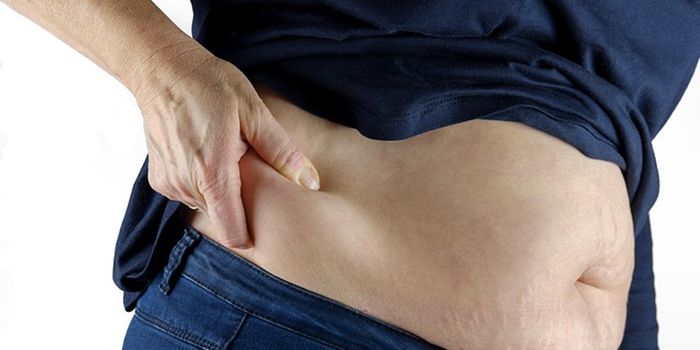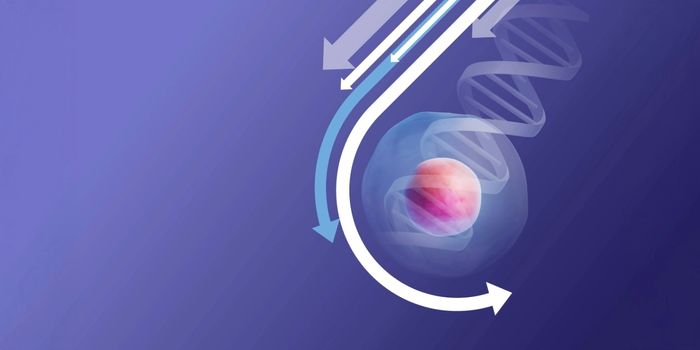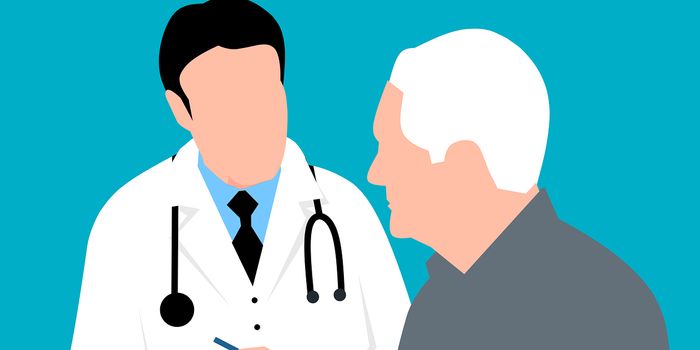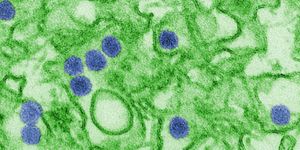Ebola's Comeback of 2017
In January 2016, the World Health Organization (WHO) officially declared the end to the largest Ebola outbreak in history and everyone breathed a collective sigh of relief. But now, health officials are reporting a sudden increase in Ebola cases in a remote part of the Democratic Republic of Congo (DRC). Are we on the cusp of yet another Ebola crisis?
The first index case was reported on April 22, and involved a 45-year-old man who sought medical help for fever, vomiting, bleeding, and diarrhea. The man later died, as did the taxi driver and the aid who cared for the man at the hospital. So far, these deaths remain the only three attributed to the Ebola virus.
But the disease spreads quickly. The number of suspected Ebola cases is now up to 29; just less than a week ago the count was at 9. Officials are following over 400 people who may have come in contact with the virus.
The WHO classified the risk of Ebola spread as “high at the national level,” because the disease can spread quite rapidly in the remote part of the DRC, which has “suboptimal surveillance.” “Risk at the regional level is moderate due to the proximity of international borders and the recent influx of refugees from Central African Republic,” the organization said.
The Ebola virus causes severe hemorrhagic fevers, which can often be fatal. In fact, the virus kills up to 90 percent of people who catch it. The natural reservoir for Ebola is still unknown, but humans can get the virus through direct contact with infected blood or body fluids. People infected with Ebola start showing signs and symptoms from 2 to 21 days after exposure. In the beginning stages, symptoms can be non-specific, including fever, muscle pain, headache, and vomiting. Symptoms of hemorrhagic syndrome occur in the advanced stages of infection.
There are yet no licensed vaccines or therapies against this virus, but researchers have been busy testing out experimenntal therapies since the first outbreak began in 2014. One such unlicensed vaccine is manufactured by Merck, and is known as rVSVΔG-ZEBOV-GP. This drug was deployed in Guinea during the outbreak as part of the “ring vaccination” strategy, wherein all people who had contact with suspected Ebola cases were vaccinated.
Merk currently has a stash some 700,000 doses of the vaccine on ice. And some question why the drug has not been released to the DRC. In response, Marie-Paule Kieny, a WHO official who assisted with the Ebola epidemic in West Africa in 2014-16, said, “WHO is strongly in favor of using the vaccine in conjunction with the other interventions available. That said, the rVSV-ZEBOV Ebola vaccine is not yet available commercially, because it is still under review by the U.S. Food and Drug Administration and other regulatory agencies. In these circumstances the Ebola vaccine can only be used in a study protocol that includes ethical oversight and informed consent of individuals who agree to receive the vaccine.”
Additional sources: CNN, Science
Image credit: Wikipedia.org








